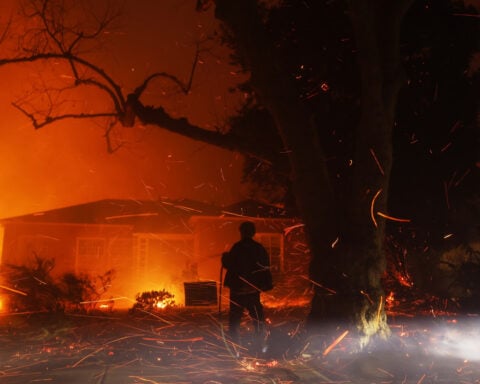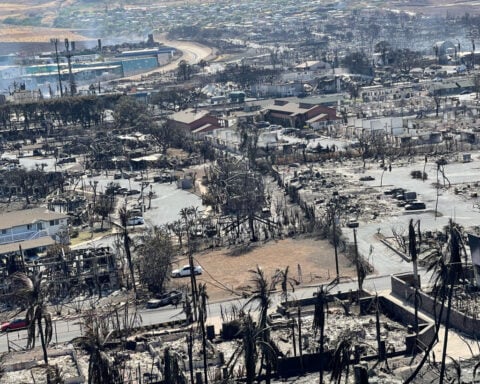Climate change is threatening the survival of plants and animals around the globe as temperatures rise and habitats change.
Some species have been able to meet the challenge with rapid evolutionary adaptation and other changes in behavior or physiology. Dark-colored dragonflies are getting paler in order to reduce the amount of heat they absorb from the sun. Mustard plants are flowering earlier to take advantage of earlier snowmelt. Lizards are becoming more cold-tolerant to handle the extreme variability of our new climate.
However, scientific studies show that climate change is occurring much faster than species are changing.
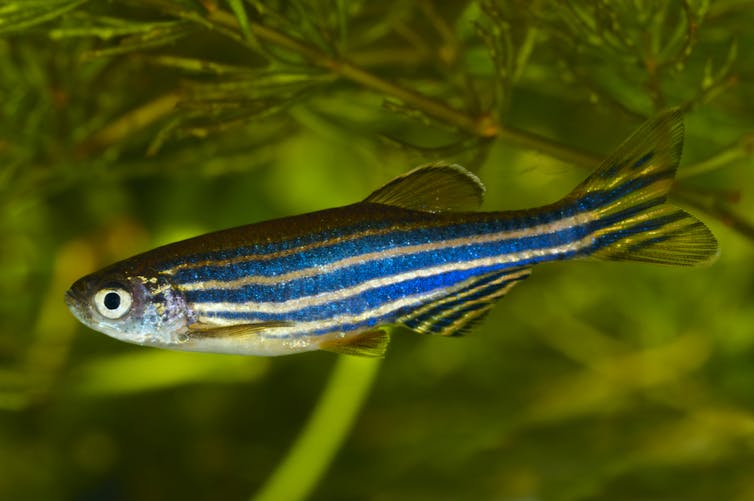
What is evolutionary adaptation?
The word “adaptation” is used in many ways by climate scientists, but it has a very specific meaning to biologists: It refers to genetic changes that are passed on from one generation to the next and improve a species’ ability to survive in its environment.
These genetic modifications make evolutionary adaptation different from “acclimation” or “acclimatization,” which involve advantages that are not passed on to offspring. For example, when people move to high-altitude cities, they start producing more red blood cells as they acclimate to the low oxygen.
All over the world, plants and animals have adapted to many different warm and dry habitats, prompting scientists to question whether species might also adapt to our rapidly changing climate, too.
Thus far, the answer seems to be no for most species.
Evolving, fast and slow
A recent study of the populations of 19 bird and mammal species, including owls and deer, shows one potential barrier to adaptation.
In animals that take several years to reach breeding age, the climate has already shifted by the time their offspring are born. Genes that gave the parents an advantage – like hatching at exactly the right time or growing to the best size – are no longer as beneficial for the offspring.
Populations of these slow-maturing animals are adapting to climate change, but not enough during each generation to thrive in the changing conditions. In fact, the rate of evolution is so mismatched to the rate of global warming that the study’s authors estimate that nearly 70% of the local populations they studied are already vulnerable to climate-driven extinction over the coming decades.
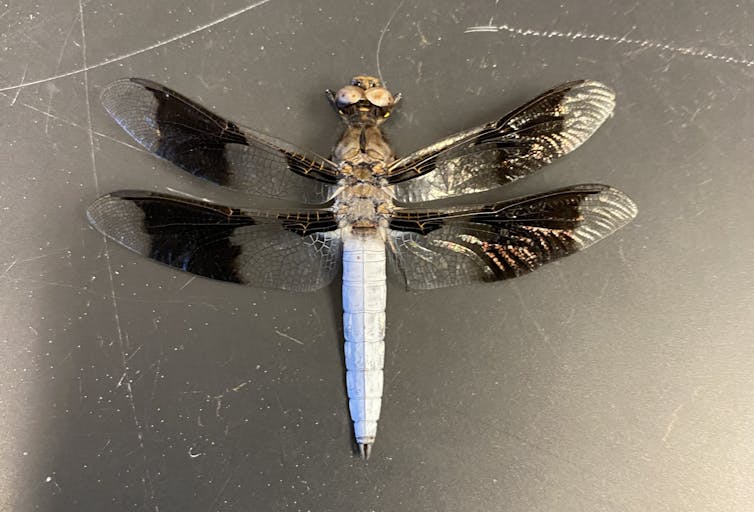
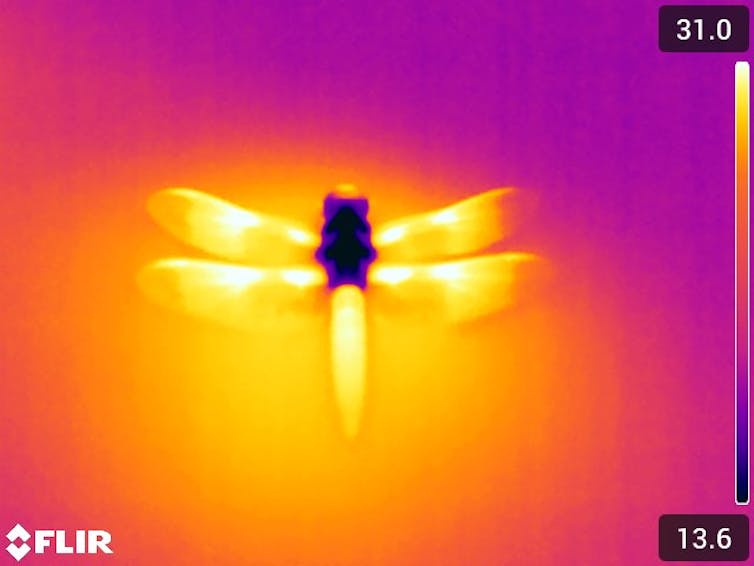
Small-bodied animals, such as many fish, insects and plankton, typically mature quickly. Yet, recent research on small fish and a type of fast-maturing plankton called a copepod revealed another hurdle for rapid genetic adaptation to climate change.
Many species possess genes that permit them to live in environments that are 1 to 2 degrees Celsius (about 2 to 4 Fahrenheit) warmer than today, but new genetic mutations must arise to enable survival if climates reach 4 to 5 C (about 7 to 9 F) warmer, as is possible in some regions, particularly if greenhouse gas emissions continue at a high rate.
To test species’ resilience, scientists warmed populations of these fast-maturing species over many generations to observe their genetic changes. They found that both the copepods and the small fish were able to adapt to the first couple degrees of warming, but populations soon went extinct above that. This was because genetic mutations that increased their ability to live in hotter conditions occurred at a slower rate than the temperatures rose.
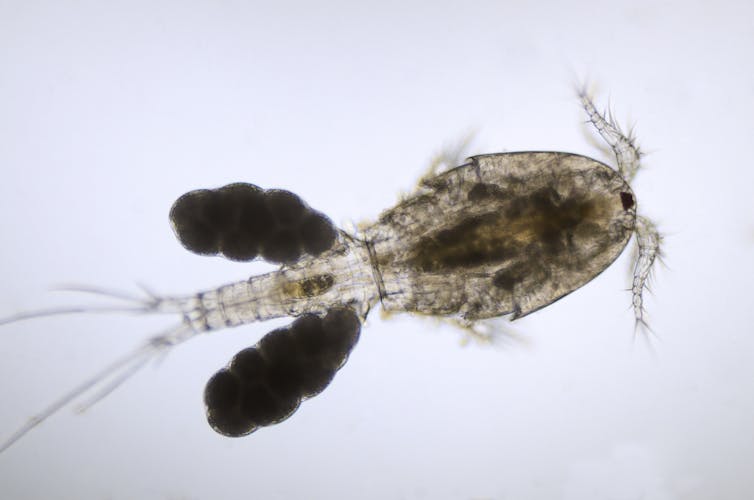
Cold-blooded species, such as lizards, frogs and fish, are especially vulnerable to climate change because they have a limited capacity to regulate their own body temperatures. Their ability to evolve in response to climate change is expected to be critical for their survival.
However, rapid adaptation to climate change often comes at a cost: Populations get smaller due to the deaths of individuals that cannot tolerate new, hotter temperatures. Therefore, even if species do evolve to survive with climate change, their smaller populations may still go extinct due to problems such as inbreeding, harmful new mutations or plain old bad luck, such as a disease epidemic.
In a now-classic study, researchers studying lizards in Mexico discovered that the high death rates of just the heat-sensitive individuals – representing only a subset of the entire population – caused 12% of all lizard populations in Mexico to go extinct between 1975 and 2009. Even with some heat-tolerant adult lizards surviving in each population under the warmer conditions, the researchers estimated climate change would kill so many heat-sensitive adults within each population that 54% of all populations would go extinct by 2080.
Evolutionary adaptation isn’t species’ only option
Another way species adjust to rising temperatures is acclimation, sometimes called “phenotypic plasticity.” For example, great tits in the U.K. – small birds that are common in yards and forests – lay their eggs earlier in warmer years so that their nestlings hatch right as the winter weather ends, no matter when that happens.
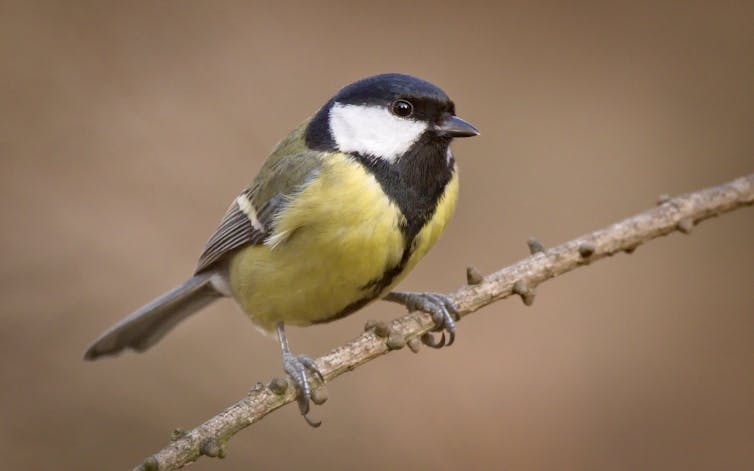
However, a recent analysis of more than 100 beetle, grasshopper and other insect species all over the world found that acclimation may not help those species enough. The study’s authors found that the species they reviewed gained an average of only 0.1 C (about 0.2 F) greater heat tolerance when acclimating to 1 C (about 2 F) warmer air temperatures during their development. Thus, the rate of global warming seems to be outstripping species’ abilities to acclimate, too.
Plants and animals could also escape the impacts of global warming by migrating to cooler habitats. A global analysis of more than 12,000 different plants and animal species recently showed that many species are migrating toward the poles fast enough to keep pace with rising temperatures, and many tropical species are moving upslope to higher elevations as well.
Nonetheless, migration has its limits. Research shows that tropical birds that already live high in the mountains could be doomed because there is no room for them to migrate any farther upward. Tropical species, therefore, may be on what the authors call an “escalator to extinction.”

High-latitude and high-elevation habitats also present numerous challenges for species to overcome besides temperature. Our own research across 800 species of insects all over the Earth shows that butterflies, bees and other flying insects are especially hindered from migrating to higher elevations because there is not enough oxygen for them to survive.
Many species lack obvious climate strategies
Overall, evolutionary adaptation appears to help lessen the impacts of global warming, but the evidence thus far shows that it is insufficient to overcome current rates of climate change. Acclimation and migration provide faster solutions, but research shows that those may not be enough, either.
Of course, not all evolution is driven by warming temperatures. Plant and animal species appear to be also gradually adapting to other kinds of environments, including human-created ones like cities. But the fast pace of global warming makes it one of the major threats that species must respond to immediately.
The evidence indicates that humanity cannot simply assume that plants and animals will be able to save themselves from climate change. To protect these species, humans will have to stop the activities that are fueling climate change.

The authors do not work for, consult, own shares in or receive funding from any company or organization that would benefit from this article, and have disclosed no relevant affiliations beyond their academic appointment.
Source: The Conversation

 Queen Elizabeth II wasn't told about Soviet spy in her palace, declassified MI5 files show
Queen Elizabeth II wasn't told about Soviet spy in her palace, declassified MI5 files show
 Traffic into Manhattan drops 7.5% in first week of new toll. That's 43,000 fewer cars a day
Traffic into Manhattan drops 7.5% in first week of new toll. That's 43,000 fewer cars a day
 Court papers say ex-NBA player Jontay Porter laid out betting scheme in a text; 6th person arrested
Court papers say ex-NBA player Jontay Porter laid out betting scheme in a text; 6th person arrested
 Top aide of impeached South Korean president pleads for investigators to halt detention efforts
Top aide of impeached South Korean president pleads for investigators to halt detention efforts
 A missile fired by Houthi rebels targets central Israel as airstrikes hit displaced area in Gaza
A missile fired by Houthi rebels targets central Israel as airstrikes hit displaced area in Gaza
 North Korea launches missiles toward eastern waters in 2nd launch of year, South says
North Korea launches missiles toward eastern waters in 2nd launch of year, South says
 Canada ready to buy more American products to appease Trump's tariff threat, ambassador says
Canada ready to buy more American products to appease Trump's tariff threat, ambassador says
 Small airborne embers play a big role in the spread of wildfires
Small airborne embers play a big role in the spread of wildfires
 Rams host wild-card playoff game nearly 400 miles east of LA because of wildfires
Rams host wild-card playoff game nearly 400 miles east of LA because of wildfires
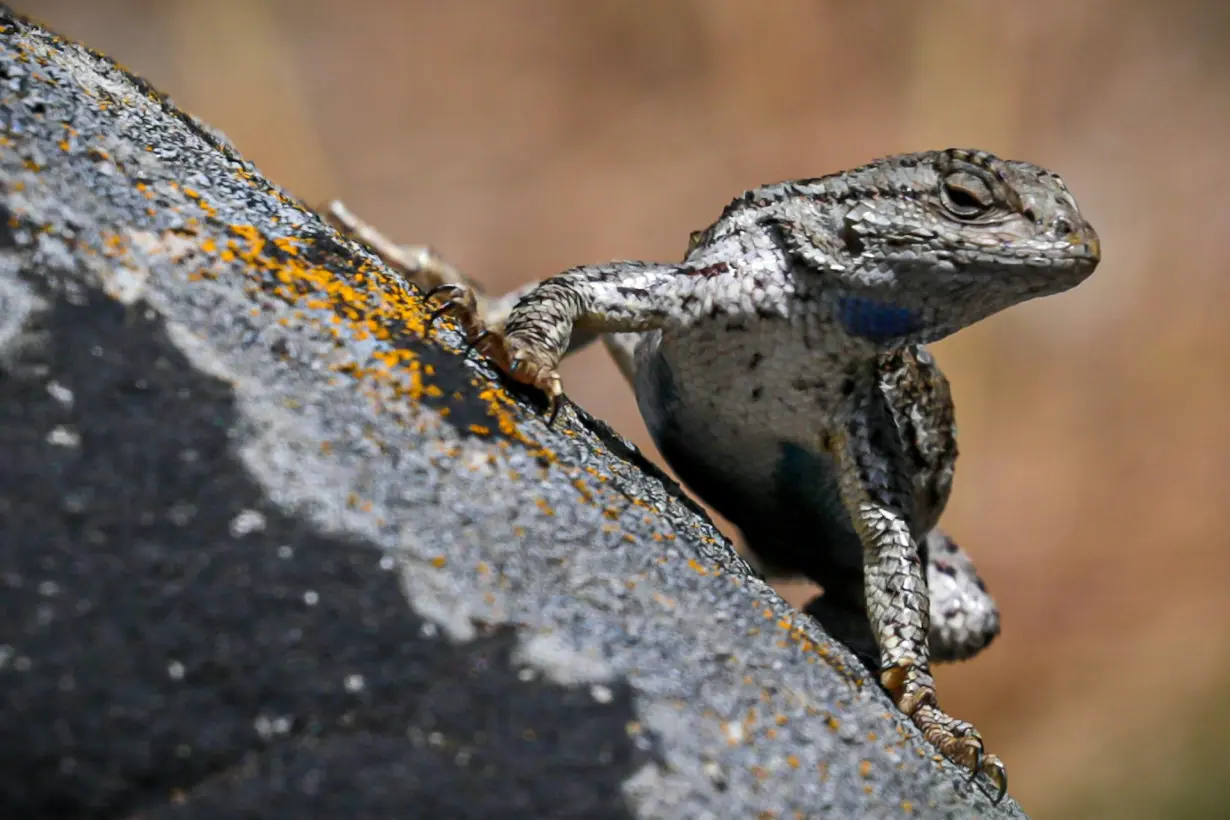 Temperature sensitivity makes western fence lizards vulnerable to climate change.
Temperature sensitivity makes western fence lizards vulnerable to climate change.





